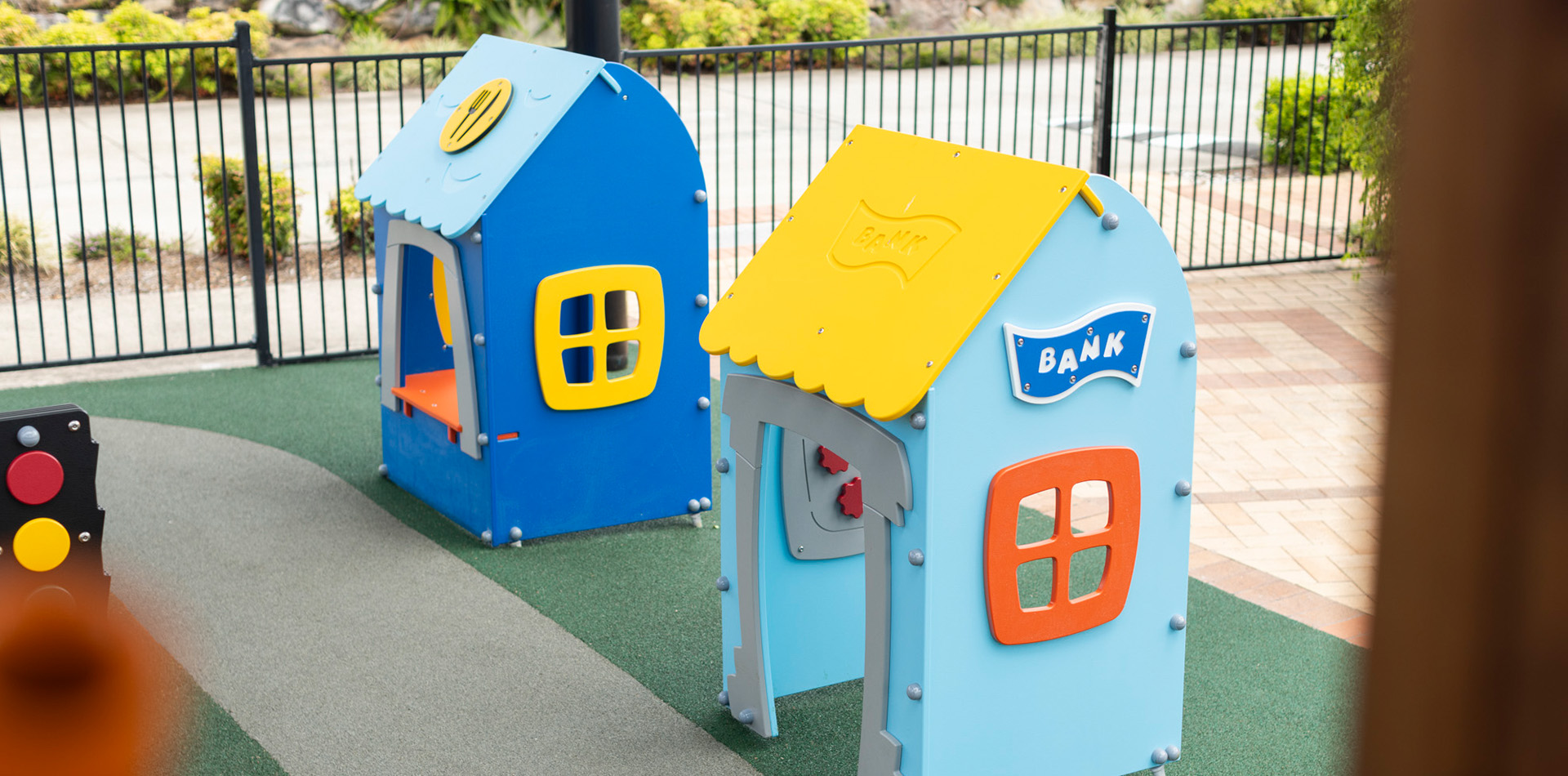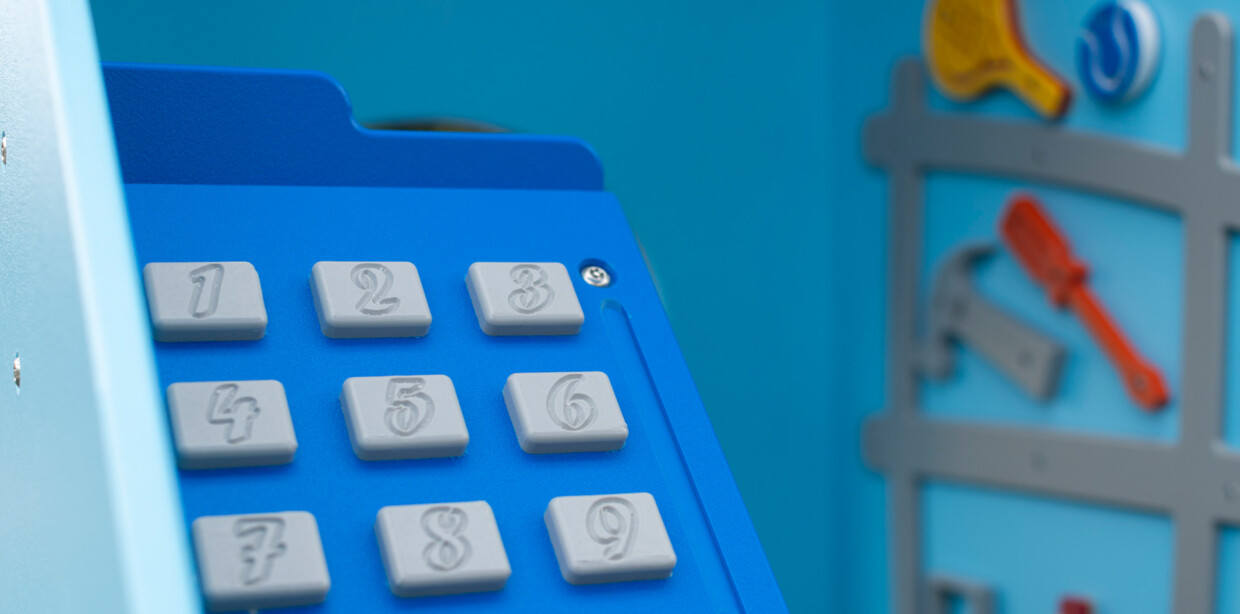How to Budget for Your Next Playground
Budgeting for a playground project requires careful planning and strategic thinking. Whether you’re a school, council, or a commercial enterprise, understanding how to allocate funds effectively is key to creating a successful play area.

Share post
Here are some tips and strategies for effectively budgeting your next playground project, including cost-saving measures and investment planning:
1. Initial Assessment and Needs Analysis
Start by conducting a thorough assessment of your needs. Consider the size of the playground, the age range of the children who will use it, and the types of activities you want to include. This will help determine the scope and scale of the project.
2. Research Costs and Get Quotes
Research the cost of various playground equipment and get quotes from multiple suppliers. Include the costs of ancillary items like safety surfacing, fencing and signage. Prices can vary significantly, so obtaining several quotes is crucial for getting the best deal.
3. Include Installation and Maintenance Costs
Installation can be a substantial part of your budget. Ensure you factor in these costs, including any groundwork that may be required. Additionally, consider the long-term maintenance costs, which can impact your budget over time.
4. Consider Long-term Durability and Quality
Investing in high-quality, durable equipment may have a higher upfront cost but can save money in the long term through reduced maintenance and replacement costs. Cheaper, lower-quality options might seem appealing initially but could end up costing more due to frequent repairs and replacements.

5. Explore Funding and Grants
Look into funding opportunities and grants available for playground projects. Many government bodies, charities, and corporate sponsors offer financial assistance for educational and community play areas.
6. Implement Cost-Saving Design Strategies
Consider cost-saving design strategies like phasing the project, which involves building the playground in stages as funding becomes available. Also, choosing multi-functional equipment can provide more play value for the investment.
7. Inclusive and Accessible Design
Incorporate inclusive and accessible play elements from the start. While these may add to the initial cost, they ensure that the playground can be enjoyed by all children and may open up additional funding opportunities.
8. Seek Professional Advice
Consult with playground professionals who can provide insights into cost-saving measures, durable materials, and effective design strategies. Their expertise can help you avoid costly mistakes and make informed decisions.
9. Budget for Contingencies
Always include a contingency fund in your budget for unforeseen expenses. A general rule of thumb is to add an additional 10-15% of your total budget for contingencies.
10. Plan for Future Expansion or Upgrades
Consider the future growth and potential upgrades for your playground. Planning for future expansion can help in allocating your current playground budget more effectively and ensure that the playground remains engaging and relevant over time.
Conclusion
Budgeting for a playground project is a balancing act between fulfilling your immediate needs and planning for the future. By conducting thorough research, investing in quality, exploring funding options, and seeking professional advice, you can create a budget that aligns with your goals and ensures a successful, long-lasting playground project.
Effective budgeting is the cornerstone of any successful playground project. It involves not just managing costs, but also making strategic decisions that maximise the play value and longevity of the investment.
Keep in touch
Get design inspiration, business tips and new product alerts straight to your inbox with our Moduplay Newsletter, the Playground Press once every two months.


